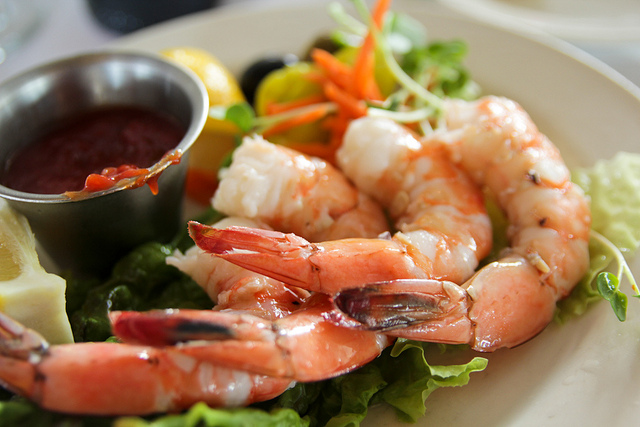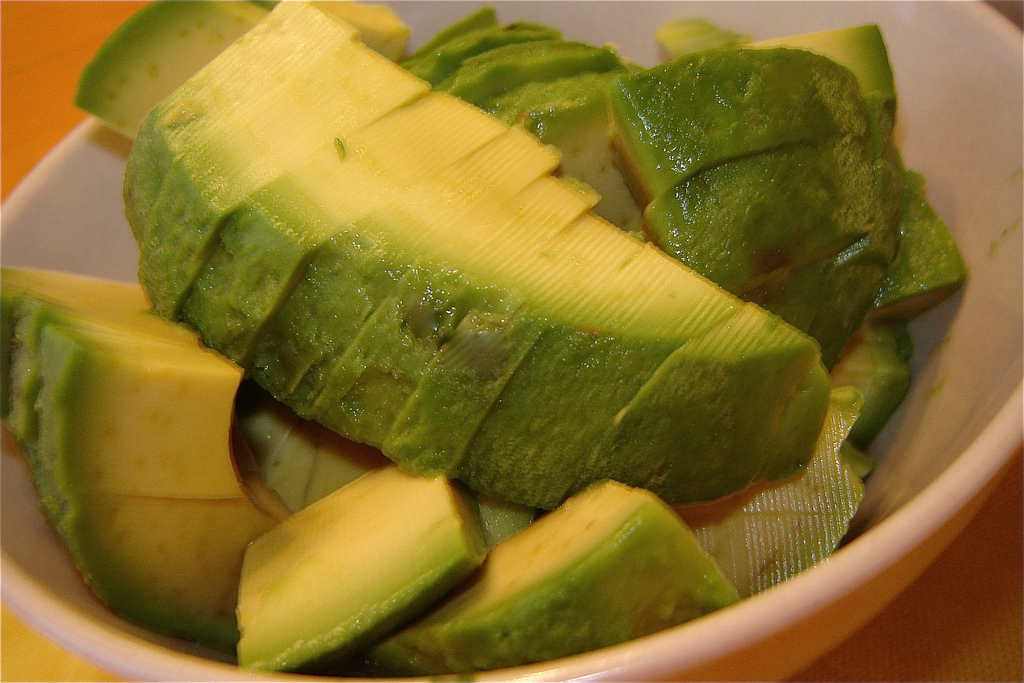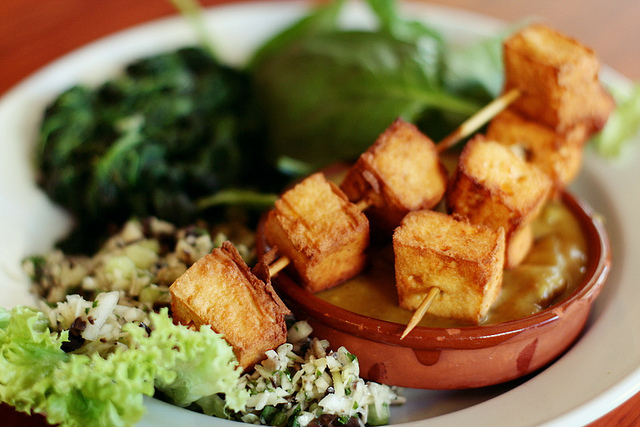Last Updated on Aug 5, 2024 by Happy Dieter
The Paleo diet, also known as ‘The caveman diet’, is based on the optimal health of humans. It suggests that we should consume whole unprocessed foods that are less harmful to our bodies. The general idea is to eat a diet that resembles the diet of our Paleolithic ancestors. The main foods you can eat on the paleo diet include lean unprocessed meat, seafood, leafy vegetables, fresh fruit, eggs, nuts, and healthy oils. These foods are believed to be more in line with the dietary habits of our ancestors and thus, more beneficial for our health.
Everything else is to be avoided. Eat whole, unprocessed, nutrient-dense, nourishing foods. This is the list of food you can eat on Paleo diet:
Key Takeaways
-
Diversify Your Protein Sources: Incorporate a variety of meats like grass-fed beef, poultry, and wild game into your meals to ensure you get a range of nutrients.
-
Choose Healthy Fats: Opt for olive oil as a primary source of healthy fats in your cooking and meal preparation to support heart health and overall well-being.
-
Prioritize Plant-Based Foods: Load up on a colorful array of fruits and vegetables to boost your intake of vitamins, minerals, and antioxidants while following the paleo diet.
-
Snack Smartly: Include nuts and seeds such as almonds, walnuts, and chia seeds in your diet for a satisfying crunch and a dose of essential nutrients.
-
Explore Seafood Options: Integrate seafood like salmon, tuna, and shellfish into your weekly menu to benefit from omega-3 fatty acids and lean protein.
-
Balance is Key: Remember that a balanced approach to incorporating these food groups, grains, and dairy is crucial for reaping the full benefits of the paleo diet.
1. Meat
In the Paleo diet, you should eat meat but, prioritize grass-fed and pastured meats. Large grazing animals should be the foundation of your diet, and they should eat mainly grass. Eat more meat from undomesticated species, and when you do eat domesticated meat, choose those raised in the wildest conditions.
The difference is mostly in the food that these animals eat. Free-ranging chickens spend their days foraging for insects to eat, but this is not the food that they eat in fabrics. The same goes for your eggs: for the richest, delicious, and nutritious yolks, choose eggs from free-ranging hens.
2. Olive oil
For our bodies to function properly, healthy fats are essential. This is very important, especially for brain development, cell regeneration, and mental stability. It is highly on the list of polarizing ingredients are olive oil and avocados. But there are many questions about whether olive oil is a healthy choice.
Olive oil helps to lower your total cholesterol and LDL- bad cholesterol (low-density lipoprotein) levels and to control levels of insulin because it has a lot of monounsaturated fatty acids (MUFAs).
3. Fruits and vegetables
Incorporate generous amounts of fresh or frozen vegetables and consume a moderate amount of fruits low in sugar, like berries. Vegetables with a high starch content have low nutritional value in comparison to several starches, carbs, and sugars they contain, for example, squashes and potatoes, should not be eaten.
If you plan to lose some weight on this diet, focus more on the vegetables and foods allowed on the paleo diet and cut back on your fruit intake. One serving of fruit a day is perfect.
4. Nuts and seeds
The best seeds that you can eat in a paleo diet are almonds, cashews, hazelnuts, and pecans. But as cashews are high in fat it’s incredibly easy to eat an entire jar of them in one sitting so be careful. Just limit the number of nuts and foods you are eating, and don’t eat too much.
5. Seafood and fish
Fish and seafood still often can be found for sale in their wild forms, and are highly nutritious. However, a great deal of popular seafood is farmed, from shrimp to tilapia. Like industrially farmed meat, seafood is also farmed on a large scale. Many species of wild seafood, mainly from burning coal, are considered dangerous to eat. If they are farmed, we must explore if they contain toxins or high mercury levels, and search for an alternative.
Are the Main Foods in the Paleo Diet Compatible with the Chrono Diet for Beginners?
The main foods in the Paleo Diet are compatible with the Chrono Diet for Beginners, as they both emphasize whole, natural foods. The Chrono Diet Guide can help beginners understand the best times to eat these foods to optimize their energy levels and overall health.
Conclusion
You now have a solid grasp of the main foods you can enjoy on the paleo diet: meat, olive oil, fruits and vegetables, nuts and seeds, as well as seafood and fish. By incorporating these nutrient-dense foods into your meals, and following a paleo diet, you’re not just eating; you’re fueling your body with wholesome goodness that supports your overall well-being.
Make the most of this knowledge by experimenting with recipes that feature these paleo-friendly ingredients. Embrace the variety and flavors they bring to your table while reaping the health benefits they offer. Stay curious, stay committed, and let your journey to a healthier lifestyle through the paleo diet begin!
FAQ
What are the main foods you can eat on the paleo diet?
The main foods you can eat on the paleo diet include meat, olive oil, fruits, vegetables, nuts, seeds, seafood, and fish. These foods are whole, unprocessed options that mimic what our ancestors might have eaten on a paleo diet.
Is olive oil a recommended component of the paleo diet?
Yes, olive oil is a recommended component of the paleo diet. It is a healthy fat source that aligns with the principles of this diet. Opt for extra virgin olive oil for its high antioxidant content and health benefits.
Can I consume fruits and vegetables on the paleo diet?
Absolutely! Fruits and vegetables are essential components of the paleo diet. They provide important vitamins, minerals, fiber, and antioxidants. Aim to include a variety of colorful fruits and vegetables in your meals for optimal nutrition.
Are nuts and seeds allowed on the paleo diet?
Yes, nuts and seeds are permitted on the paleo diet. They are nutrient-dense snacks packed with healthy fats, protein, fiber, vitamins, and minerals. However, it’s best to consume them in moderation due to their calorie density.
How does seafood and fish fit into the paleo diet?
Seafood and fish are excellent protein sources rich in omega-3 fatty acids essential in the diet. They are highly recommended for the paleo diet due to their nutritional value and health benefits. Include a variety of seafood options in your meal plan for optimal results.















